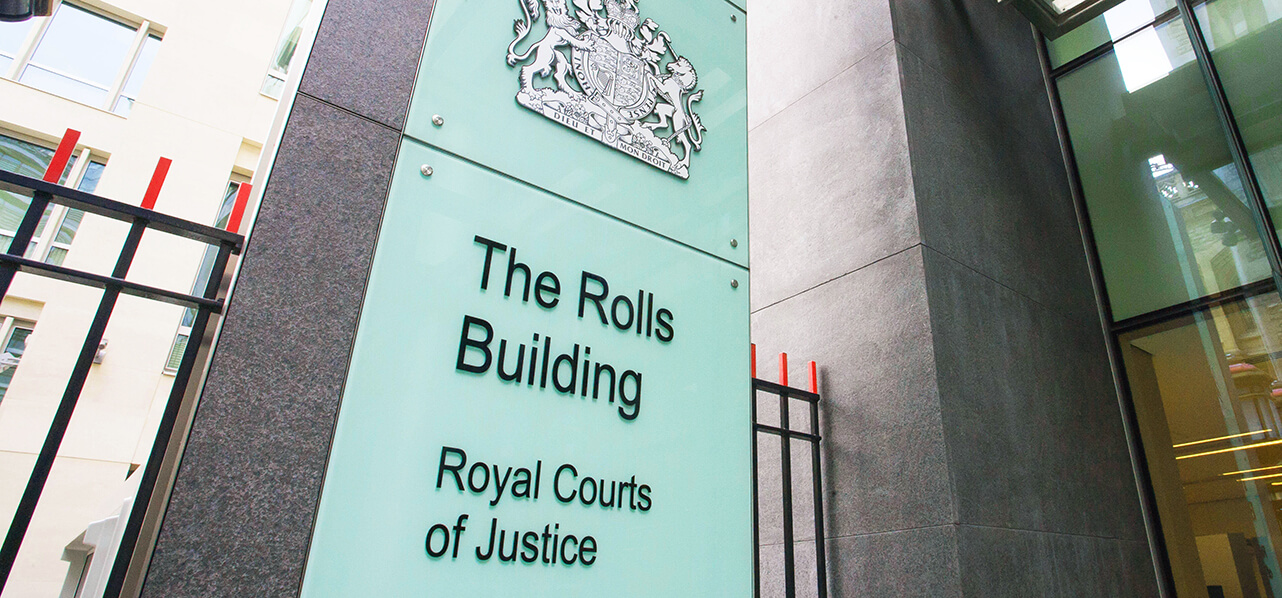Partner London
"Effective allocation of responsibility within supply chains is often a key factor in determining a project's success."
Most large construction developments rely on a supply chain of subcontractors to support and deliver a project from start to end. The level of involvement of a subcontractor will vary in scope and scale and may very well involve both the supply of materials and/or workmanship. Against the backdrop of any future net zero strategy/obligations, it is likely supply chains will be required to ensure greater shared responsibility amongst stakeholders on projects as climate conscious contractual obligations continue to be beefed up. There is already a large focus on the ‘source to site’ procurement of materials and this will only increase given that it remains one of the main driving factors for eliminating C02 emissions.
Effective allocation of responsibility within supply chains is often a key factor in determining a project’s success. Disputes can arise throughout the life cycle of a project and are often tied to faulty workmanship and/or materials. Should a non-compliant material be supplied for a project, in breach of the contractual terms, it would typically follow that that supplier would be contractually responsible for that breach. Now more than ever, subcontractor warranties will be even more important to head contractors in supply chain contracts as a means of limiting any risks which may otherwise be inherited in the absence of a warranty.
Subcontracting or assigning works without consent may also land subcontractors in hot water where liability is concerned if works and/or materials are supplied under the contract in breach of contract requirements or where its professional indemnity insurance provides limited coverage to address environmental related infractions. These examples highlight some of the challenges that building professionals face on supply chain contracts and underscore the importance of having good contract drafting and contractual contingencies in place to avert and limit risks as and when they arise.
"Ramping up Green Drafting in Standard Form Contracts is the way forward."
How to deal with potential breaches within supply chain contracts?
Ramping up Green Drafting in Standard Form Contracts is the way forward! It is anticipated that both standard form and bespoke contracts will become more environmentally friendly to allow for appropriate amendments to contractual wording to be made. Likewise, pre-existing clauses may also require careful review to ensure they do not compromise any new climate change obligations. These considerations will be particularly useful to bear in mind and avoid potential future disputes.
Any new climate obligations are likely to be incorporated as part of the Employer’s Requirements (“ERs”), which in most standard form contracts are annexed as a schedule to the main contract. Notwithstanding, a breach of the ERs usually amounts to a breach of contract which would give rise to some form of legal redress whether it be by way of litigation, adjudication or arbitration. Alternatively, newer suites of standard contracts could feature these clauses as key conditions within the main contract as the green revolution continues to pick up pace. Either way, penalties are likely to follow from breach of any new green obligations.
Employers and legal practitioners alike will have to be mindful that every construction project is different and so clauses may need to be tailored where appropriate. Striking the balance to ensure that contractual obligations are not too narrow or equally too broad in scope will be key to getting it right for maximum enforceability and effectiveness.
"Penalties are likely to follow from breach of any new green obligations."
The benefits of proper drafting and the use of warranties cannot be overstated, especially for head contractors, as assuming ‘less’ (shared) liability usually means there is ‘less’ risk involved and this will always impact the bottom line and profit margins – a win-win situation for all stakeholders involved.
Already on Track
The construction industry has already made a head start on decarbonising the sector. There are several existing initiatives both relating to contract drafting and private sector led initiatives aimed at championing the cause.
Modern Methods of Construction contracts are by nature geared towards reducing waste and carbon footprint on projects and may perhaps gain greater traction and popularity as more building professionals commit to achieving future net zero targets. These types of contracts are typically better suited for smaller scale developments due to the logistical limitations but have nevertheless created the blueprint for greener construction contracts.
"Have nevertheless created the blueprint for greener construction contracts."
The New Engineering Contract (“NEC”) suite recently debuted ‘X29’, its secondary option intended for use with the NEC4 suite of contracts, which details standard climate change terms aimed at supporting carbon reduction initiatives. NEC is notably the first standard form contract to formally address climate change issues within contract terms. Whilst the option to adopt X29 is purely voluntary, this is a big win for climate change and with the encouragement of collaborative working amongst parties, there will hopefully be a good uptake from building professionals.
The recently published 2022 RICS Sustainability Report emphasised some key insights into new sustainable developments in the built environment. The report notably highlighted the financial benefits of having ‘climate-adapted’ real estate as data suggests that there is an increased demand from both investors and consumers for greener buildings. A survey conducted for the report suggests that there were higher rents and market premiums linked to sustainable buildings which indicates a potential greater return for stakeholders on ‘greener’ investments. The report promoted the use of digital tools to help contractors measure and reduce energy needs and costs as well as analyse sustainable energy options. One such tool is the Built Environment Carbon Database which allows building professionals to log useful data on a project that can be used later by others to track carbon and demolition emissions as well as energy use. The idea is that with these types of tools, contractors and developers can make better judgement calls during the early stages of a project to avoid unsustainable materials being used, providing an opportunity for greener alternatives to be sourced. Contractors will have to be innovative in sourcing low carbon materials as this will be key to delivering sustainable projects.
"Contractors will have to be innovative in sourcing low carbon materials as this will be key to delivering sustainable projects."
Private sector groups such as Considerate Contractors continue to impose industry standards on contractors and developers with a view to holding building professionals to account. Similarly, the FIDIC Climate Charter currently aims to “provide best practice templates and clauses that can be incorporated at the scheme, project, and programme level…and will develop guides, briefings and tools that also need to be developed” to eliminate greenhouse gases. These initiatives are key driving forces and are helpful guides for what is required to meet net zero obligations.
Getting to grips
Achieving net zero carbon emissions by 2050 is an ambitious target that will require collaboration from all fronts – lawmakers, building professionals, as well as the end consumer. Constructing an environmentally sound building is only half the job done as public engagement will be equally important to curb our day-to-day carbon footprint. It won’t be business as usual for suppliers within supply chains as all stakeholders, both big and small, will have a part to play and can expect to be held to the same account.




